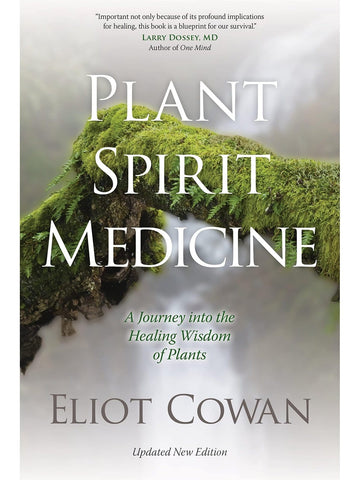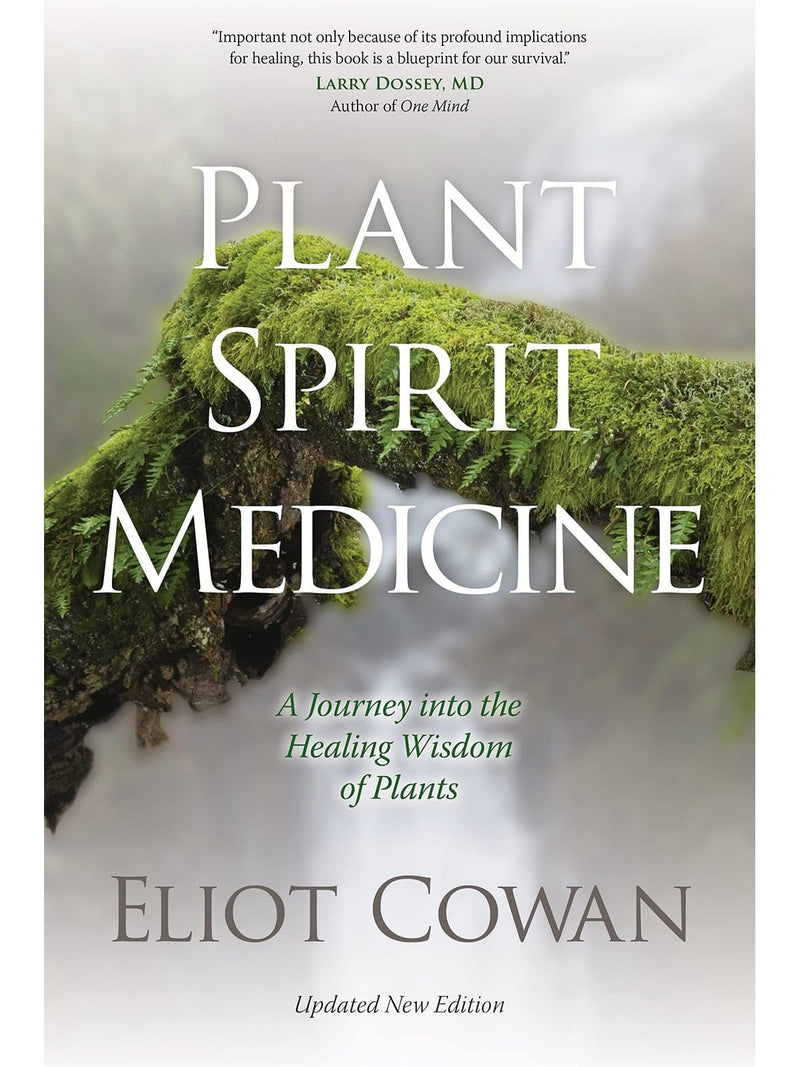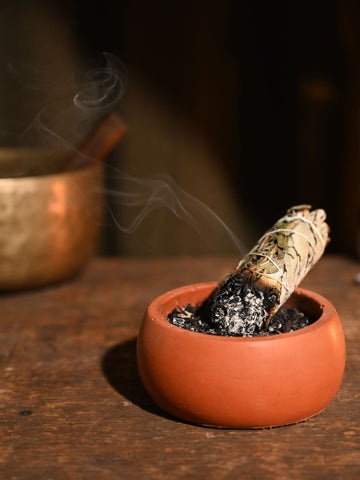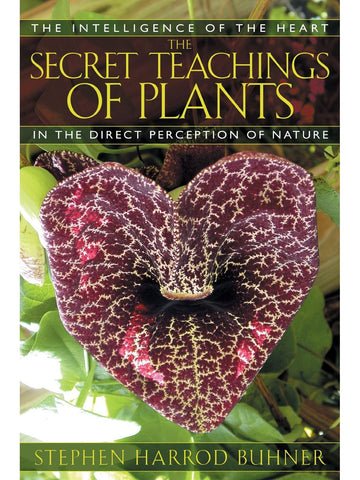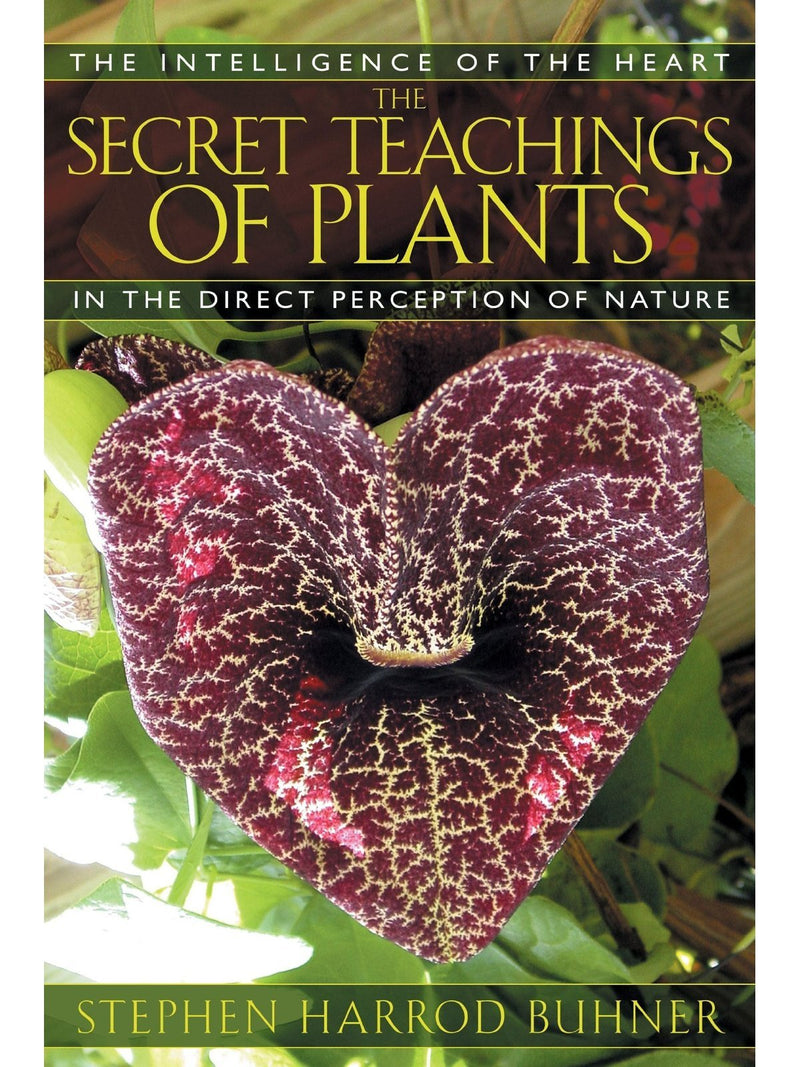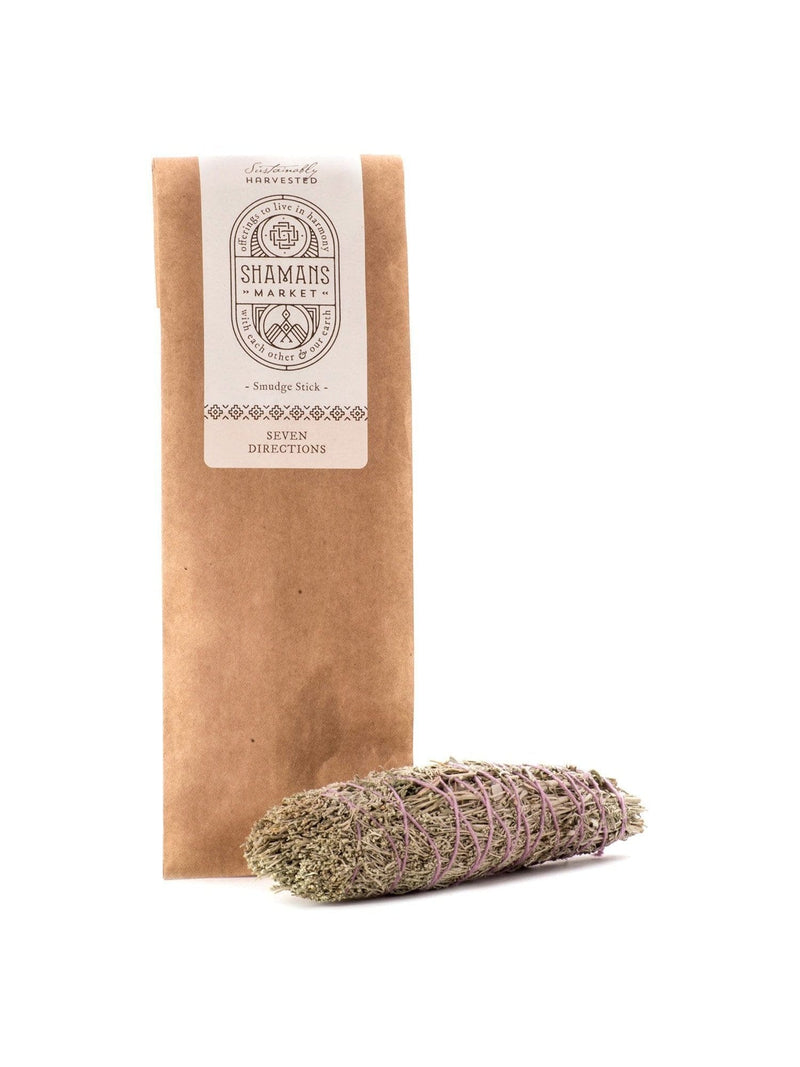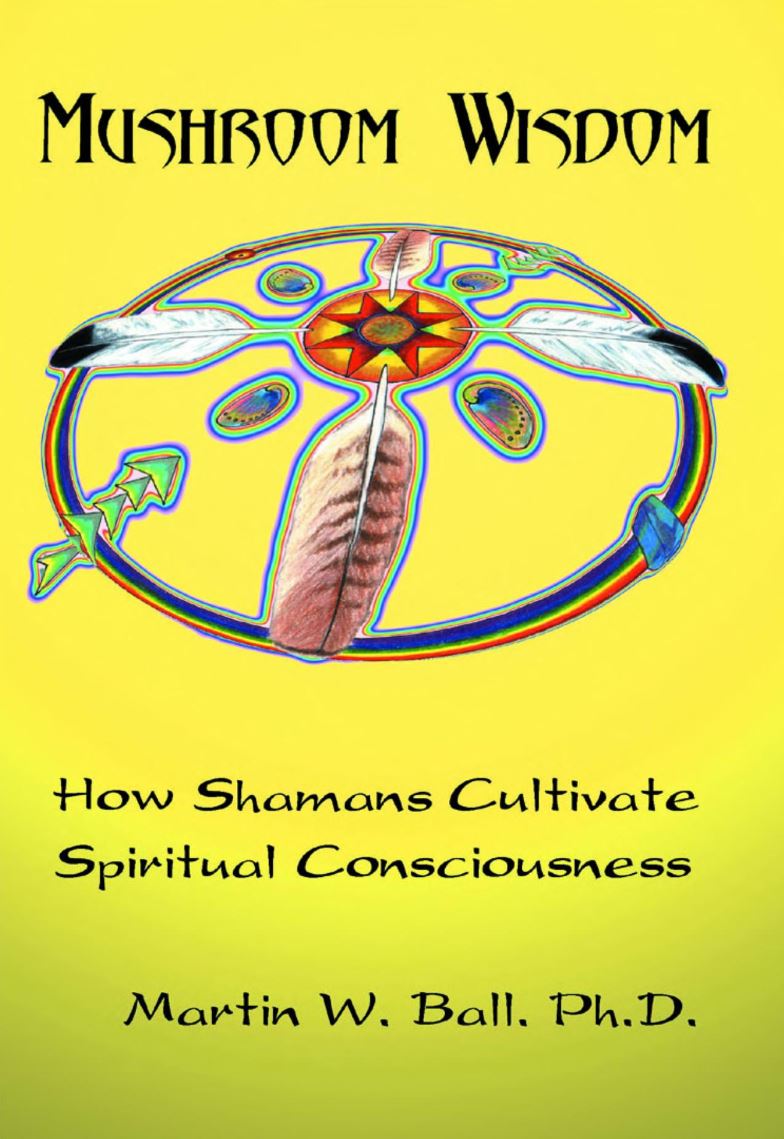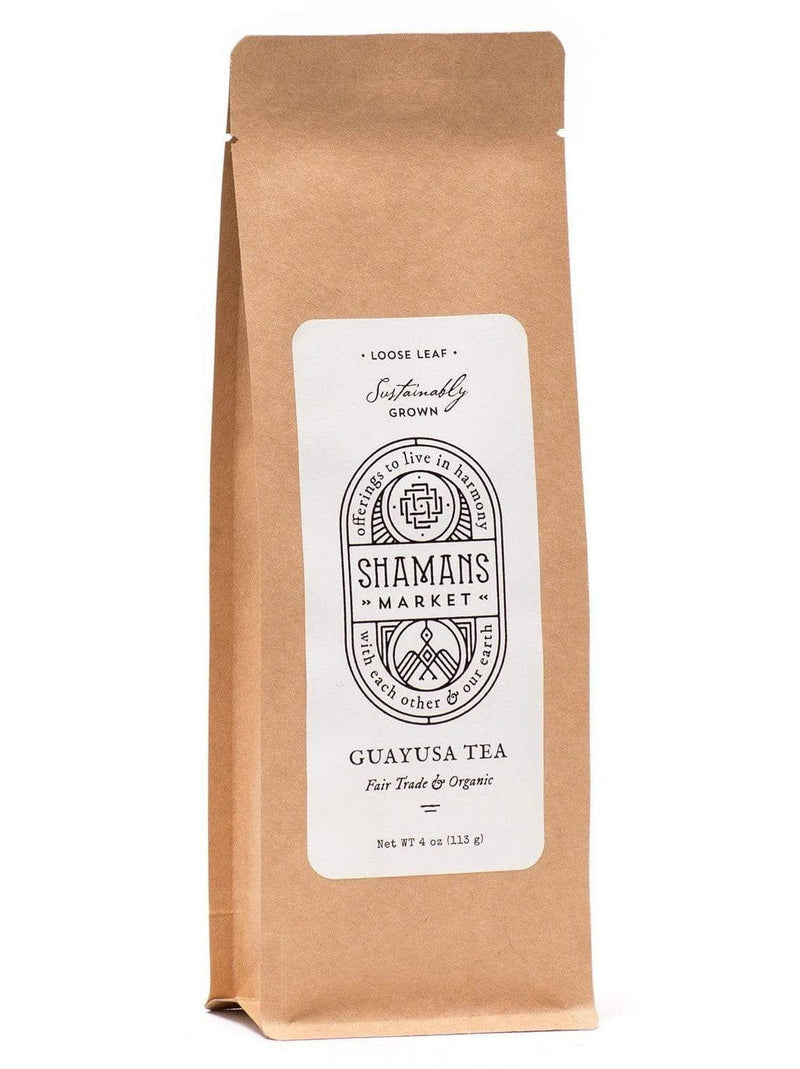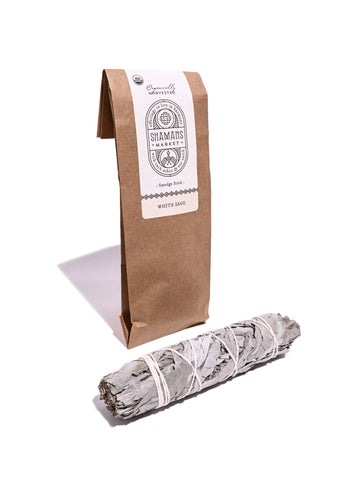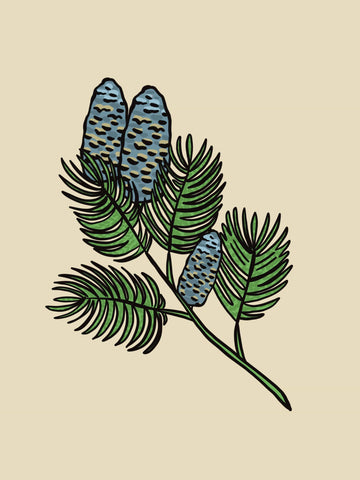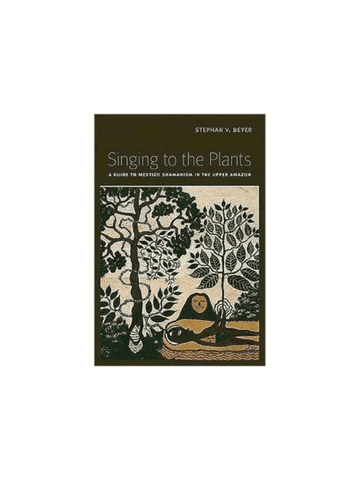Plant Spirits
Showing 23 of 23 products Fair and ethically
Fair and ethically traded products
- Offering authentic, sustainable products that support artisans, their families, and indigenous ways Learn More...
 Providing a connection to the sacred
Providing a connection to the sacredarts of indigenous communities
- Consciously serving our community for over 22 years with integrity and passion Learn More...
 Living in harmoney with each other
Living in harmoney with each otherand our earth
- Reducing our use of resources with Earth conscious shipping and packaging practices Learn More...
 Fair and ethically traded products. Learn More
Fair and ethically traded products. Learn More
- Offering authentic, sustainable products that support artisans, their families, and indigenous ways Learn More...
 Providing a connection to the sacred arts of indigenous communities. Learn More
Providing a connection to the sacred arts of indigenous communities. Learn More
- Consciously serving our community for over 22 years with integrity and passion Learn More...
 Living in harmoney with each other and our earth. Learn More
Living in harmoney with each other and our earth. Learn More
- Reducing our use of resources with Earth conscious shipping and packaging practices Learn More...






